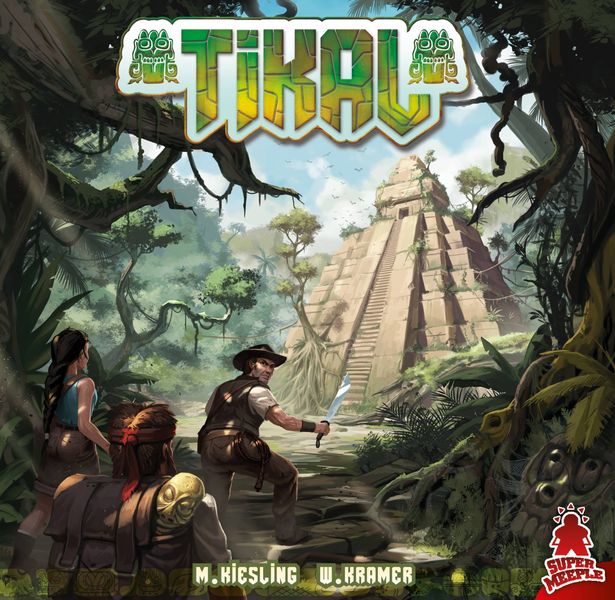Tikal (1999) Board Game
Tikal is a popular board game released in 1999 by designers Michael Kiesling and Wolfgang Kramer. The game is set in the ancient Mayan civilization and players take on the role of archaeologists exploring the jungle and uncovering hidden temples and treasures.
Game Components of Tikal
How To Setup Tikal
To set up Tikal, start by placing the board in the center of the table. Sort and shuffle the stack of Terrain tiles in their listed order (A to G) and stack them with the A tiles on top and the G tiles at the bottom. Shuffle the Treasure tokens and place them face down at the side of the board. Stack the temple layers by size at the side of the board. Each player receives a player card, their colored components, and sets up their campsite. Once the starting player is determined, the game can begin.
Gameplay Mechanics and Game Objective
Player Experience
In Tikal, players embark on an immersive journey through the Central American jungles, uncovering lost temples and treasures. Each turn involves strategic decisions on how to use action points to explore the jungle, uncover temples, and collect treasures. The game requires a balance between short-term gains and long-term strategies, as players must be mindful of their opponents’ moves to avoid losing control of valuable temples and treasures. The game’s theme and components, especially in the Super Meeple edition, enhance the exploration experience with beautifully crafted temple pieces and meeples.
Pros
Cons
Personal Thoughts on Tikal
Tikal is a game that stands the test of time, appealing to both new and seasoned players. It is ideal for those who enjoy strategic euro games with a strong emphasis on exploration and area control. The game’s balance between short-term and long-term strategies makes it engaging and challenging. However, it may not be the best fit for players looking for quick games or those who prefer games with built-in catch-up mechanisms.
We are supported by our audience. When you purchase through links on our site, we may earn an affiliate commission, at no extra cost for you. Learn more.

